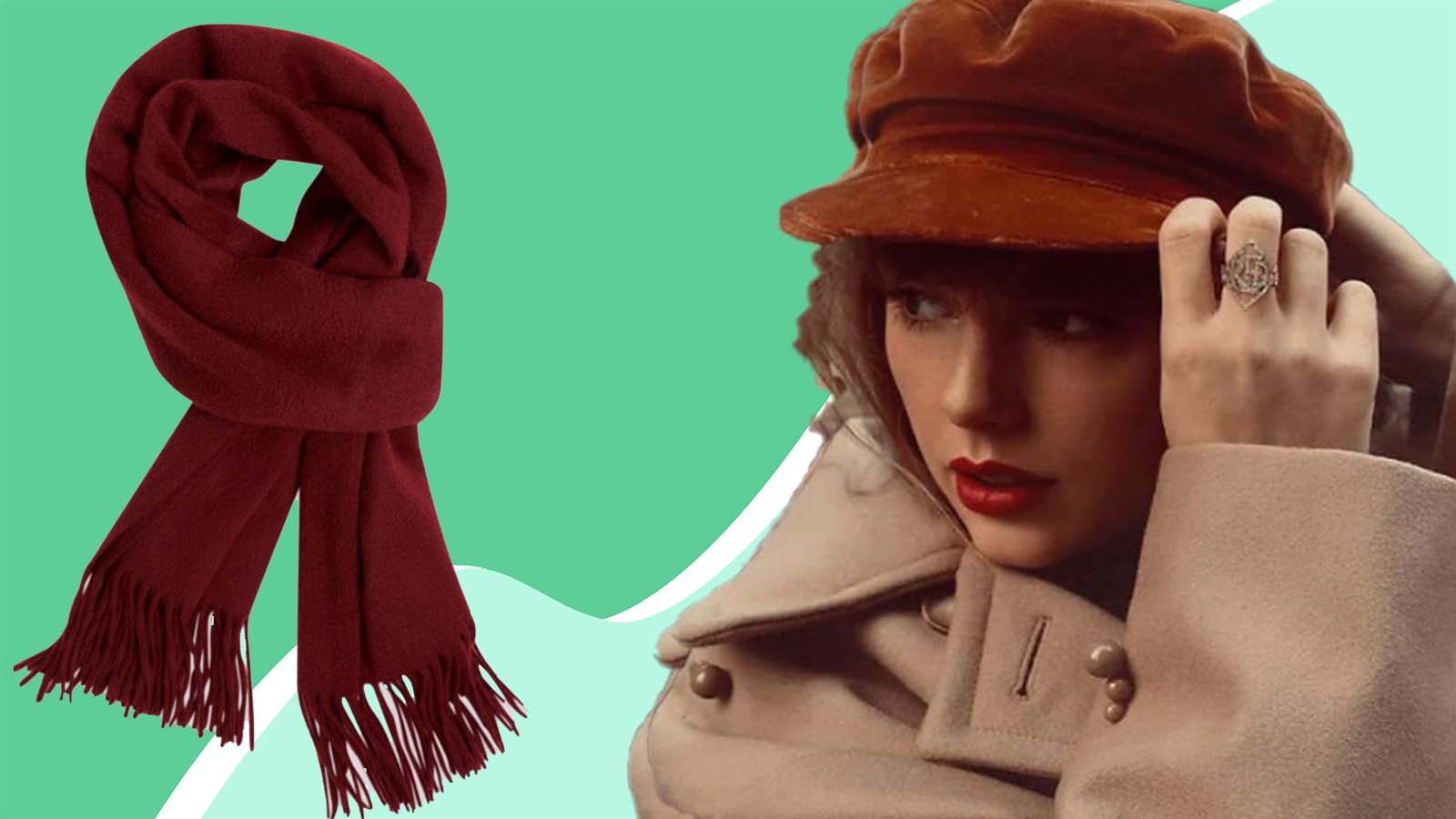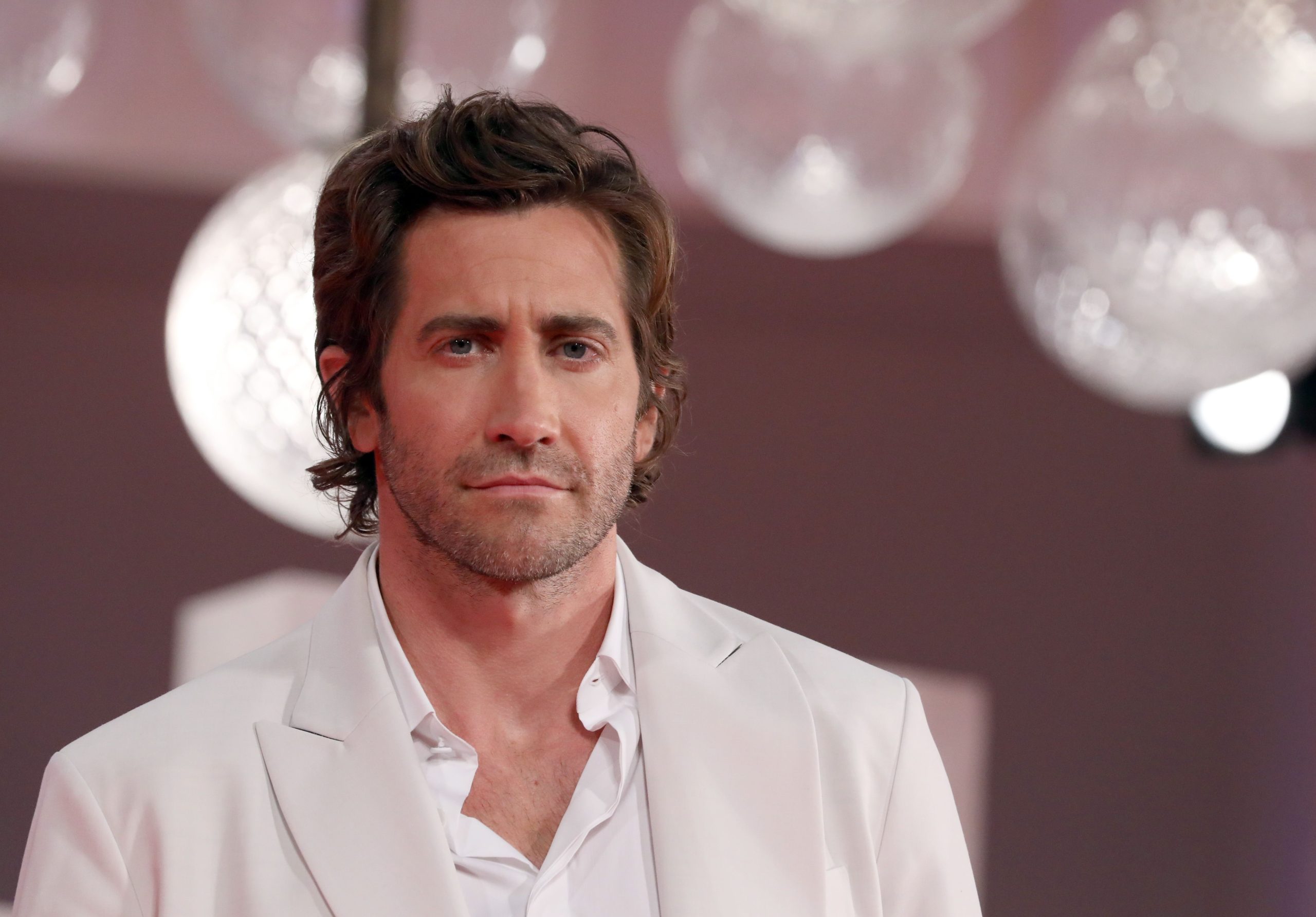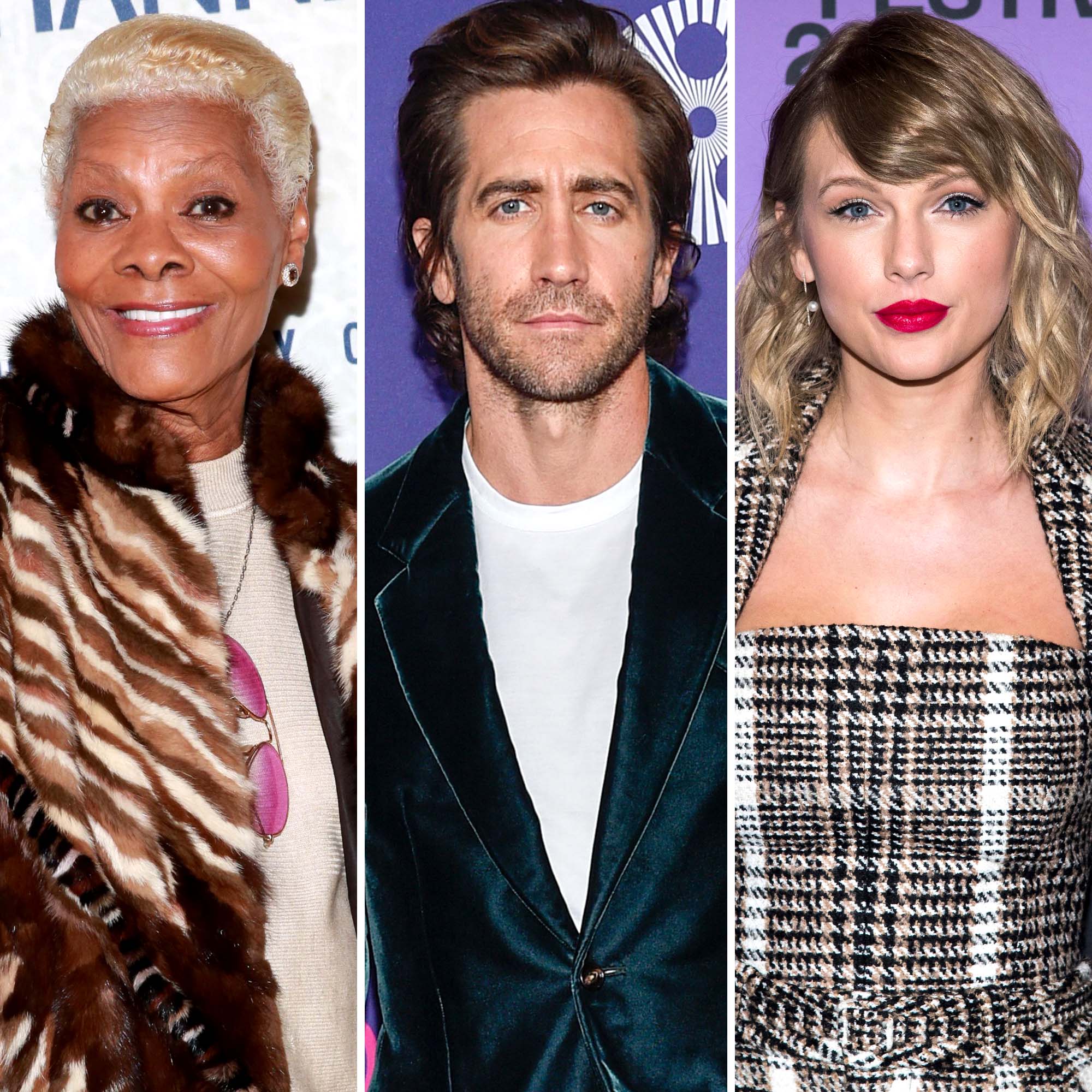Introduction
In the realm of celebrity fashion, certain moments stand out, becoming definitive of a star’s personal style or even embedding themselves in pop culture history. One such instance is Jake Gyllenhaal’s now-iconic appearance donning a vibrant red scarf, a snapshot that has transcended mere paparazzi photography to become a symbol of effortless cool and a testament to the actor’s ability to influence trends.

The Snapshot Context
The image, captured sometime in the late 2000s, features Jake Gyllenhaal strolling through the streets, seemingly unaware of the lens trained on him. Clad in a casual ensemble—a fitted sweater, jeans, and a pair of boots—the standout accessory was undeniably his crimson scarf, casually draped around his neck, its hue a stark contrast against the neutral tones of his outfit and the urban backdrop. The photograph quickly circulated online, sparking discussions about the actor’s laid-back yet sophisticated fashion sense and igniting a fascination with the accessory itself.
The Power of the Red Scarf
Jake’s red scarf moment wasn’t just about the accessory; it represented something more profound. In a world where celebrity fashion often leans towards the extravagant, his simple yet impactful choice resonated with many. The red scarf became a symbol of accessible style, demonstrating how a single item could elevate a basic outfit into a statement. It also underscored the power of color in fashion, showing how a bold hue can inject life and personality into an otherwise understated look.
Cultural Impact
Beyond fashion circles, the image of Jake Gyllenhaal with his red scarf found its way into memes, fan art, and countless social media posts, further cementing its status as a cultural artifact. It was a reminder that even in the digital age, a seemingly mundane candid could spark widespread fascination and influence trends. The scarf itself became a sought-after item, with fans and fashion enthusiasts alike trying to replicate the look.
Style Lessons Learned
Jake’s red scarf moment taught several lessons in style:
- Effortless Chic: The appeal lay in the nonchalance with which he wore the scarf, proving that true style isn’t about overthinking but rather about confidence.
- Statement Pieces: A single, well-chosen accessory can transform an outfit, making it memorable and expressive.
- Color Confidence: Bold hues can be fearlessly incorporated into everyday wear, breaking the monotony and adding character to one’s look.
Legacy and Influence
Years later, the memory of Jake Gyllenhaal’s red scarf remains a reference point in discussions of casual celebrity fashion. Its enduring legacy highlights the power of celebrity culture in shaping trends and the lasting impact of a simple yet iconic sartorial choice. Beyond the scarf itself, the snapshot serves as a reminder of Jake’s influence not just as an actor but also as a style icon whose choices resonate beyond the screen.
Furthermore, Jake Gyllenhaal’s red scarf phenomenon underscores the broader dynamics at play within celebrity fashion and its intersection with mainstream culture. Celebrities have long served as trendsetters, with their fashion choices often dictating what becomes fashionable among the masses. However, it’s the unexpected and authentic moments, like Jake’s casual stroll, that truly capture public imagination and inspire imitation.
The Rise of “Normcore” Fashion
Jake’s red scarf incident coincided with a growing trend towards “normcore,” a fashion movement characterized by unpretentious, ordinary clothing items worn in a seemingly effortless manner. His look exemplified this trend, demonstrating how basic clothing, when paired thoughtfully, could convey a sense of chic without appearing overly styled. The red scarf added a touch of individuality to an otherwise simple outfit, embodying normcore’s emphasis on practicality and personal expression.
Gender-Neutral Fashion Influence
Another aspect worth noting is how Jake’s styling with the red scarf inadvertently contributed to conversations around gender-neutral fashion. Historically, accessories like scarves have carried certain gender associations, but his effortless integration of the vibrant accessory challenged these norms. Men and women alike were inspired by the look, highlighting how fashion can serve as a bridge, transcending traditional gender boundaries and encouraging more inclusive styles.
Sustainability and Timelessness
In an era where sustainability in fashion is increasingly valued, Jake’s red scarf moment also aligns with the philosophy of investing in timeless pieces that transcend seasonal trends. A well-made scarf, regardless of its color, can be a wardrobe staple for years, illustrating the value of purchasing quality items that can be worn and re-styled countless times. This approach encourages consumers to think more critically about their purchases and prioritize longevity over fleeting fads.
Fashion as Storytelling
Gyllenhaal’s red scarf also underscores how fashion can tell a story without words. The scarf became a narrative piece, sparking curiosity about the wearer’s mood, destination, or even the scarf’s backstory. Was it a gift? A spontaneous purchase? These questions, though never fully answered, added depth to the visual narrative, transforming a simple accessory into a talking point.
The Psychology of Color
The psychology behind the choice of red is also noteworthy. Red, a color often associated with passion, energy, and confidence, made a bold statement in an otherwise low-key outfit. It conveyed a sense of vitality and assertiveness, reflecting positively on Gyllenhaal’s public persona. This subconscious association underscores how color psychology plays a role in fashion, influencing how we perceive and remember a look.
Conclusion: A Thread Through Time
Jake Gyllenhaal’s red scarf moment encapsulates the essence of personal style—effortless, impactful, and unapologetically individualistic. It’s a testament to the idea that sometimes, it’s the smallest details that leave the biggest impressions.
Jake Gyllenhaal’s red scarf moment might seem like a trivial footnote in the annals of celebrity fashion, but its enduring impact speaks volumes about the power of personal style, the democratization of fashion through digital media, and the cultural shifts it represents. More than just a photograph, it’s a reminder that style is a form of self-expression that transcends the wearer, inspiring others to find their own unique voice through clothing. In the end, it’s not just a scarf—it’s a symbol of how something as simple as a splash of color can leave a colorful mark on the cultural landscape.



